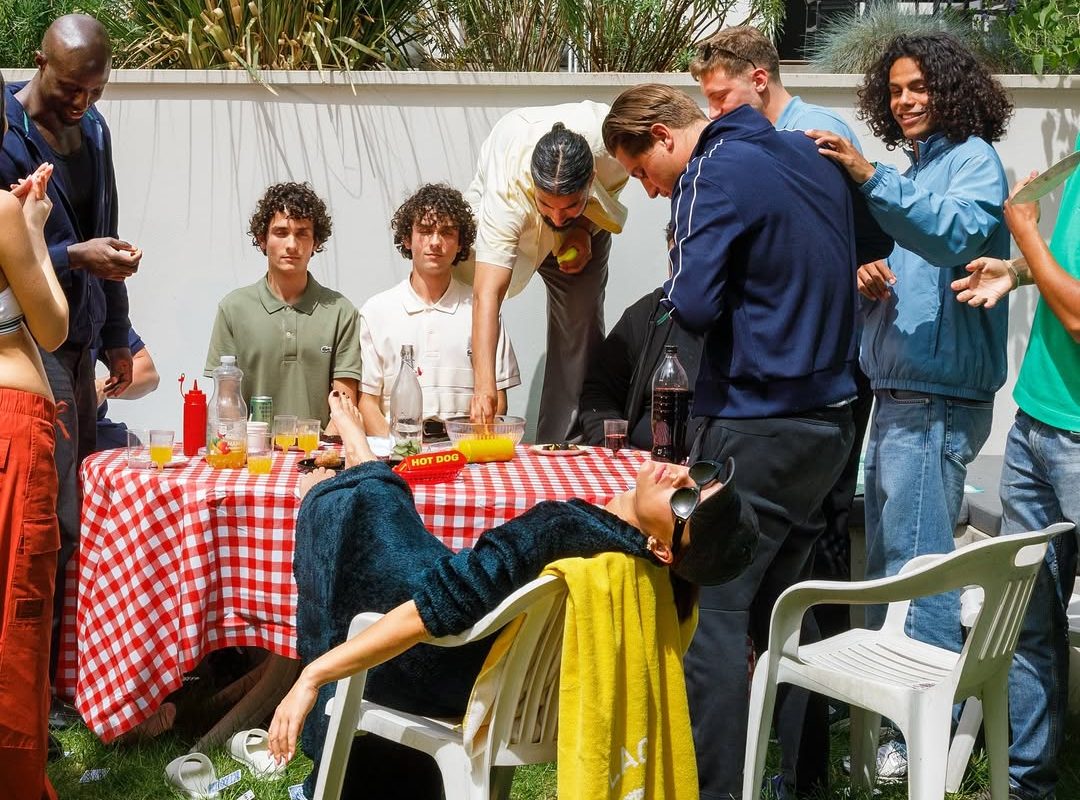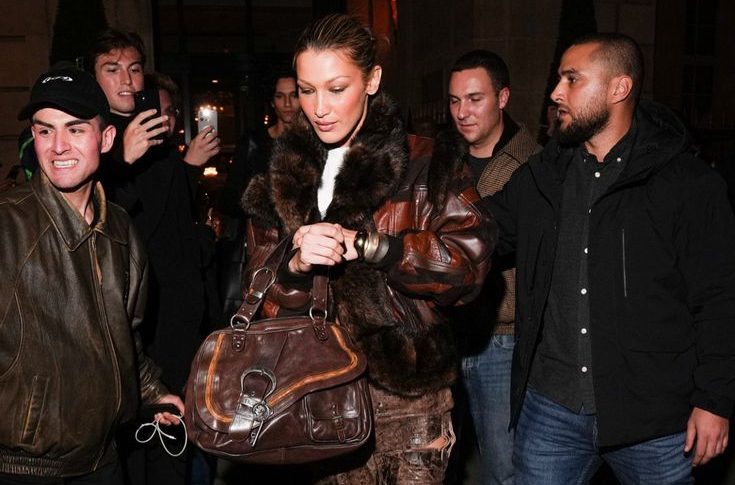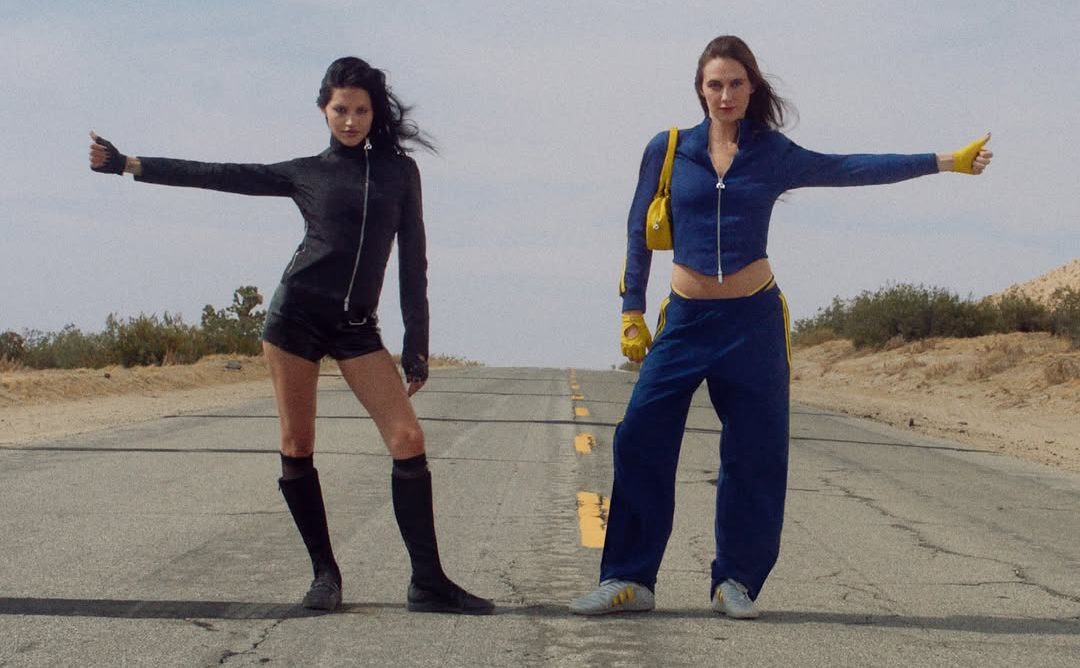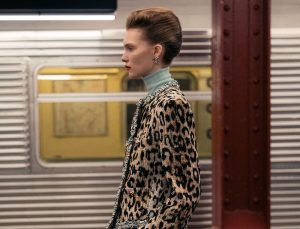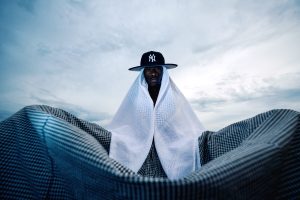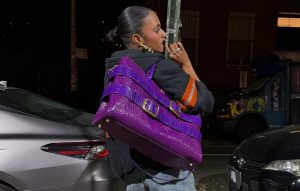With an apron tied around her waist, British actress Olivia Colman portrays a fast-food worker in Burberry’s latest campaign. A campaign that aligns with a growing trend. How and why are elements of popular culture finding their way into luxury fashion houses? Let’s take a closer look.
London as the backdrop
For this campaign, titled Postcards from London, Burberry unveils a series of short films shot in iconic locations across the British capital. Each one aims to capture the essence of local culture. But it’s the segment titled A Pinch of Salt that has sparked the most reactions: it features Olivia Colman, apron tied around her waist, standing behind the counter of The Golden Chippy. A well-known fish and chips spot in southeast London.
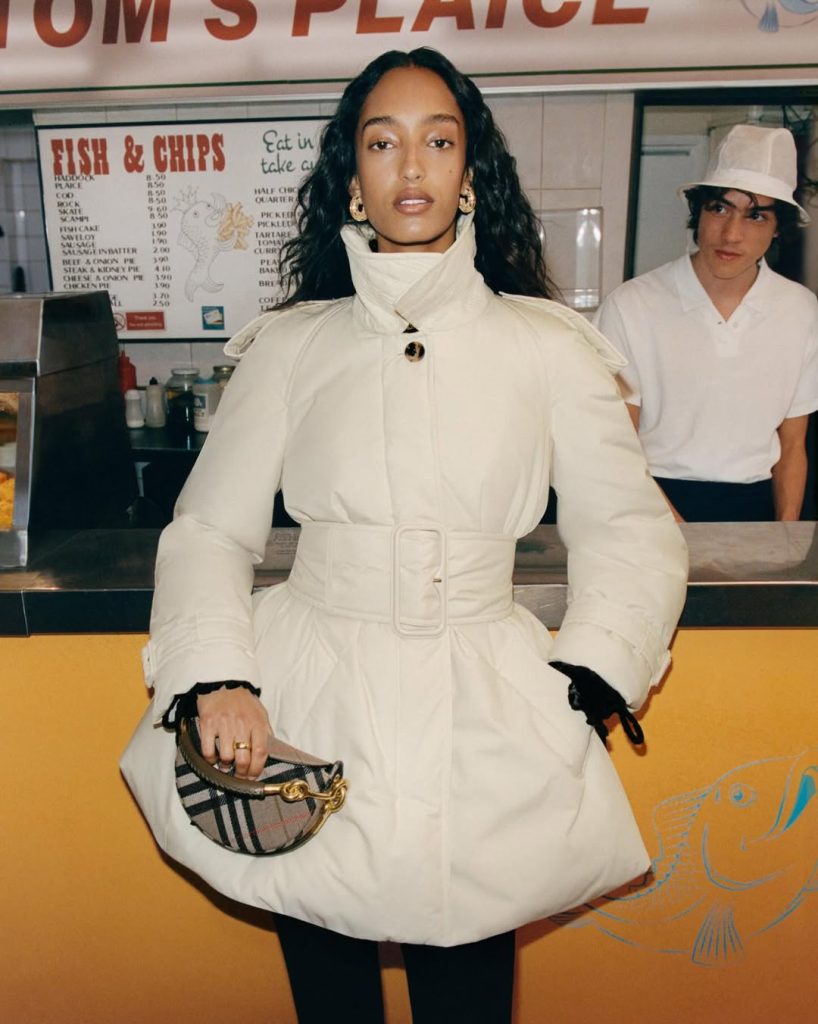
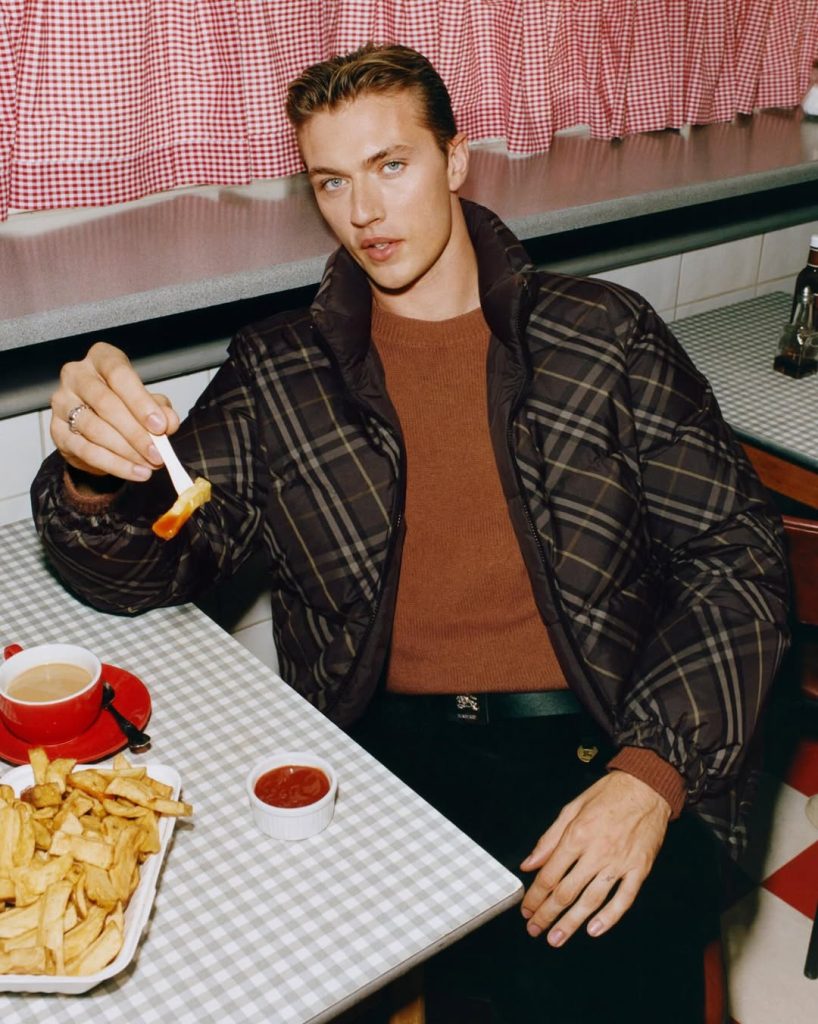
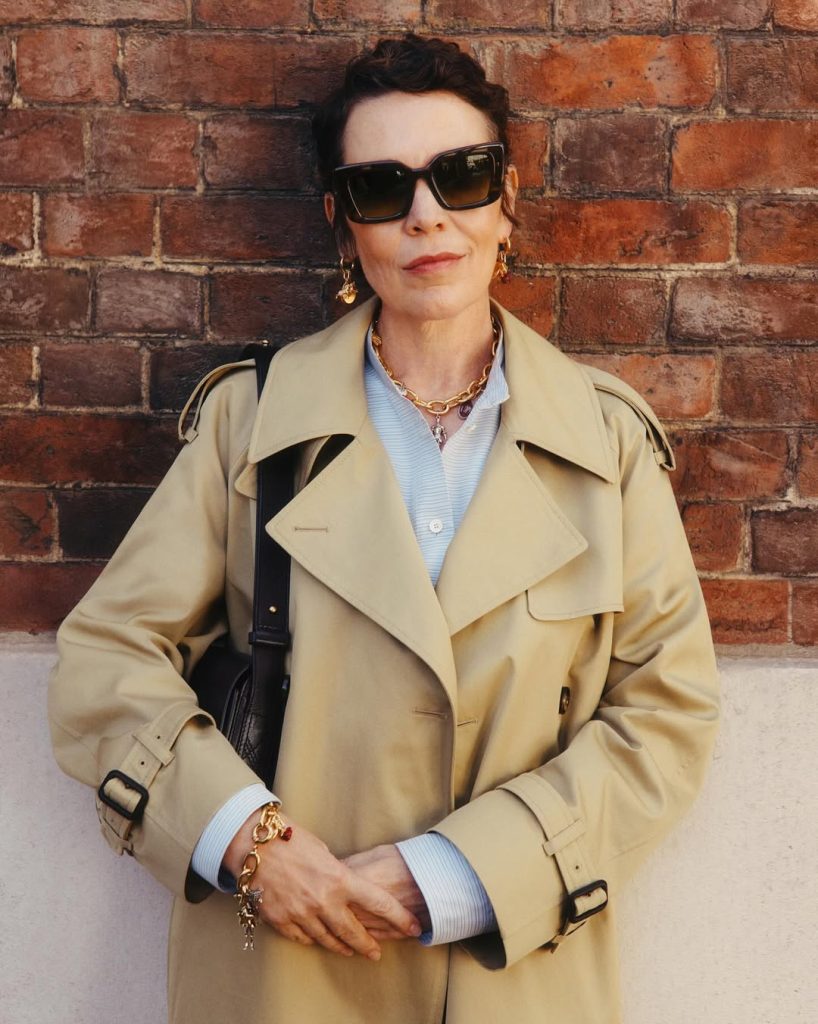
As customers of the multi-award-winning actress, international models Mona Tougaard and Lucky Blue Smith appear dressed in some of the brand’s signature pieces, a quilted trench coat and a tartan puffer jacket. A deliberate contrast between Burberry’s elegance and the everyday banality of the scene.
A new storytelling approach to the rescue
Since Daniel Lee took over as Creative Director, Burberry seems to be on a quest for reinvention. After a period of stagnation, the iconic British brand is steering toward a strategic shift, returning to its roots while adopting a more approachable tone.
The Postcards from London campaign fully embodies this transformation. Where Burberry once leaned toward a cold, even elitist aesthetic, the brand now embraces a sense of familiarity. By telling ordinary stories, the iconic trench coat. A symbol of British elegance becomes almost as emblematic as a double-decker bus or a meal served in a polystyrene tray. Yet this return to fundamentals doesn’t signal a rejection of new codes. On the contrary, Burberry is also venturing into the realm of viral phenomena born on social media.
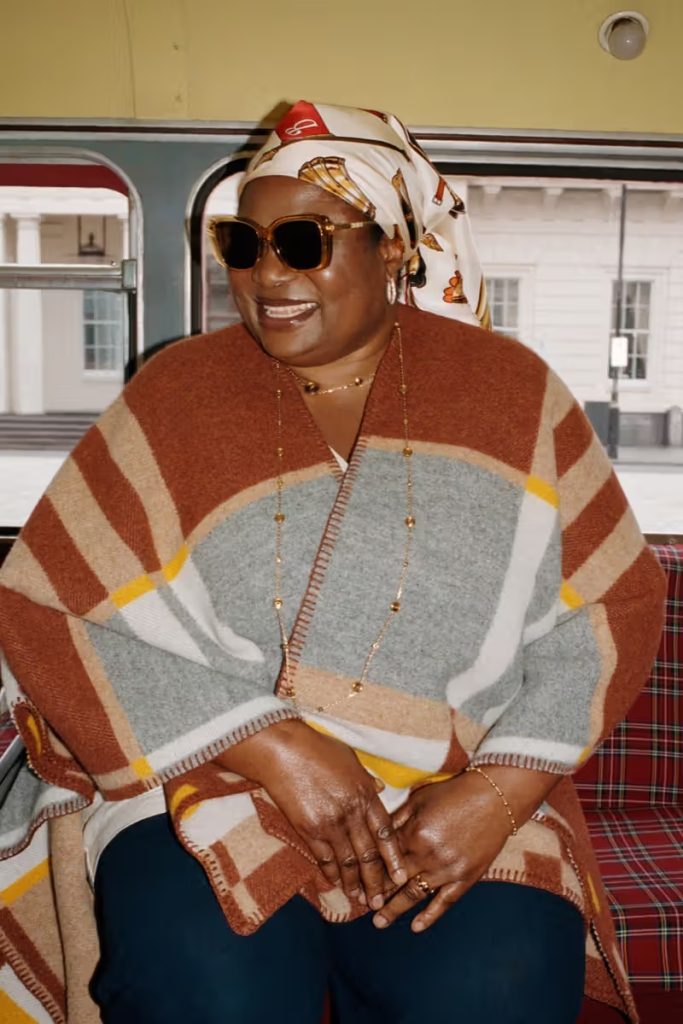
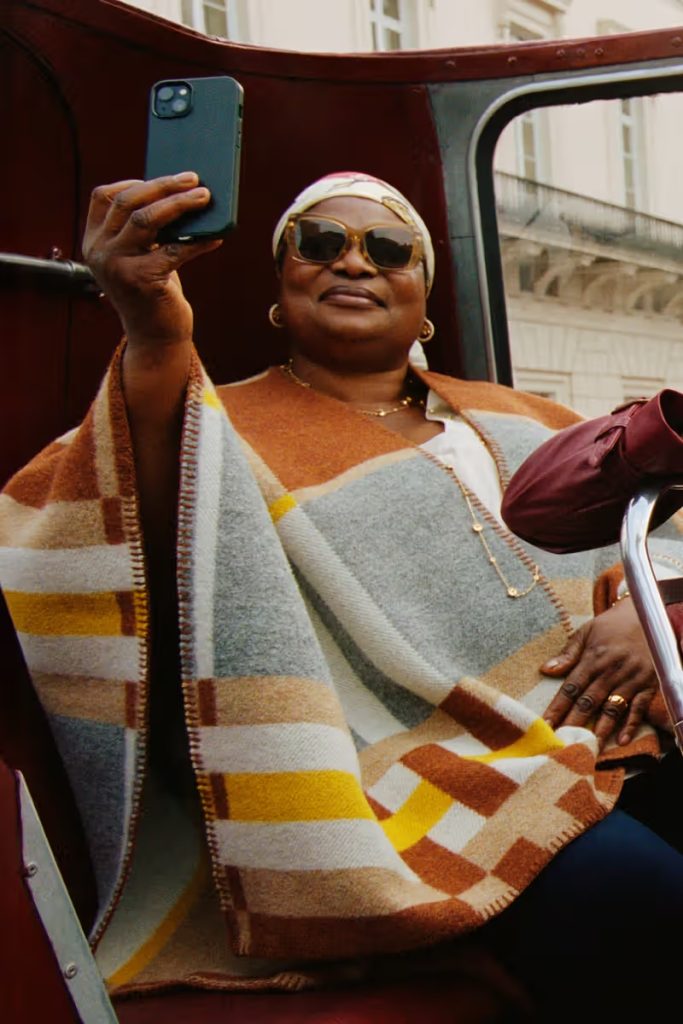
A few months before Postcards from London, the brand had already surprised audiences by collaborating with Bemi Orojuogun, a content creator known to TikTok users as “Bus Auntie.” Every day, she films herself in the streets of London, posing in front of the city’s iconic red double-decker buses. A charming character who went viral for her quirky passion.
By featuring her in a campaign, Burberry made a bold move, choosing to highlight a popular figure from the streets and social media rather than traditional fashion celebrities. This communication coup was soon imitated by other brands, such as H&M and Maybelline. To cap off this now-iconic collaboration, Bus Auntie was even invited to attend Burberry’s Spring/Summer 2026 runway show.
Through these choices, Burberry proves that premium brands are no longer afraid to step into the streets. Elitism is over, making way for imagery that brings people together and resonates with real life.
Towards a more open and inclusive fashion?
Burberry’s approach is far from unique. In recent years, a growing number of premium brands have chosen to weave elements of popular culture into their communications. Among them, Lacoste enlisted French actress Adèle Exarchopoulos, known as much for her intense performances as for her candid, down-to-earth personality. Far from the bourgeois image the brand once cultivated, this campaign embraces a deliberately popular aesthetic: a backyard barbecue with friends, a dripping burger, and plastic garden chairs set the scene.
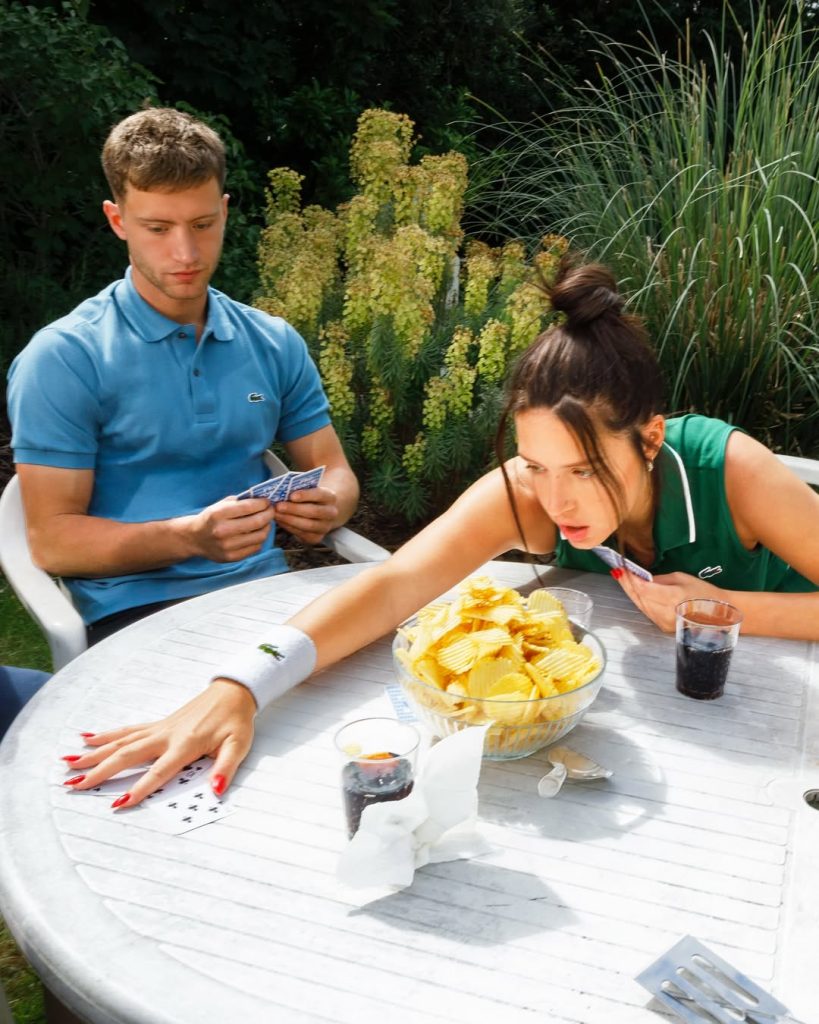
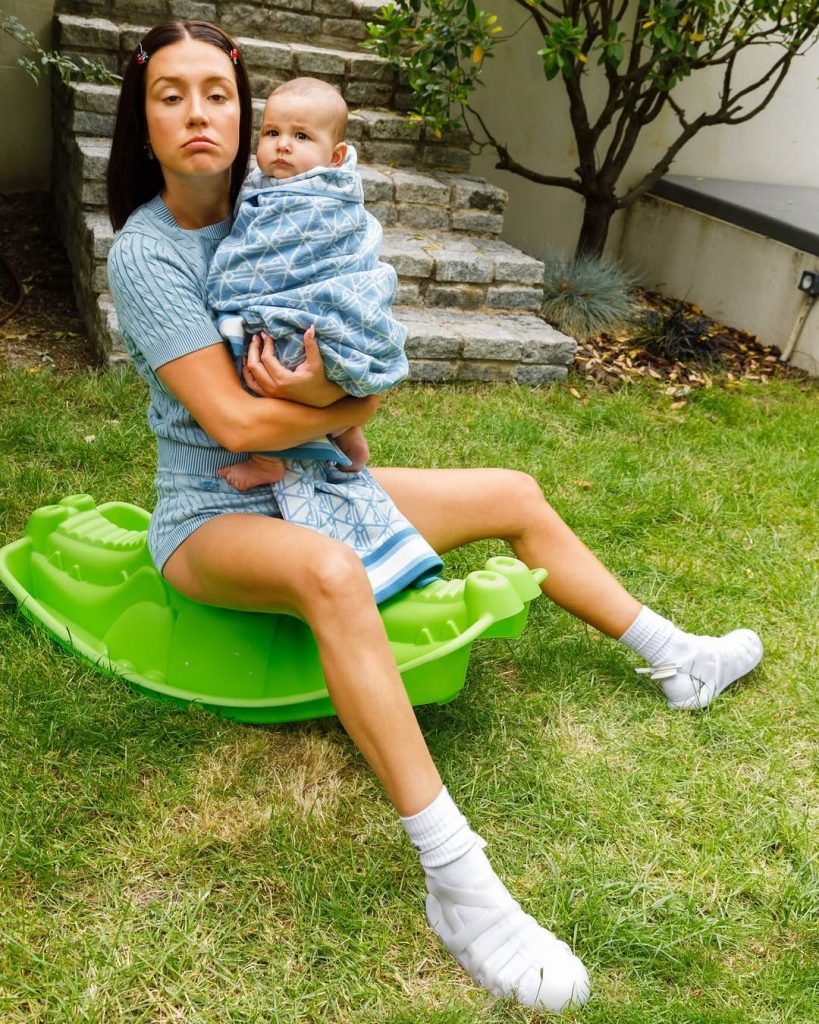
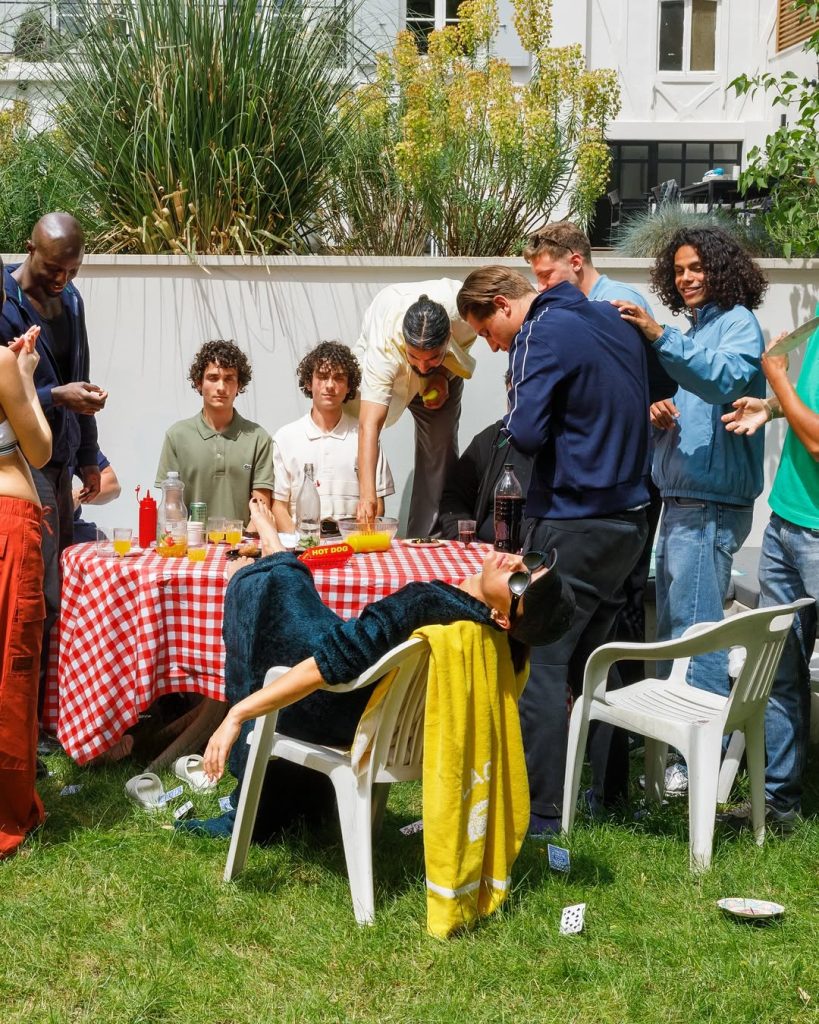
This shift toward popular culture is not merely aesthetic. It reflects a deeper response to the expectations of new generations of consumers, particularly Millennials and Gen Z who reject advertising narratives disconnected from real life.
It’s in this context that brands like Burberry and Lacoste are standing out. By showcasing familiar places, everyday professions, and viral figures from TikTok, they are building a hybrid narrative, one where the prestige of iconic pieces like the trench coat or the polo shirt coexists with elements of daily life. It’s a clever strategy that allows these brands to modernize their image without betraying their identity, proving that heritage, whether French or British can also engage in dialogue with the present.


